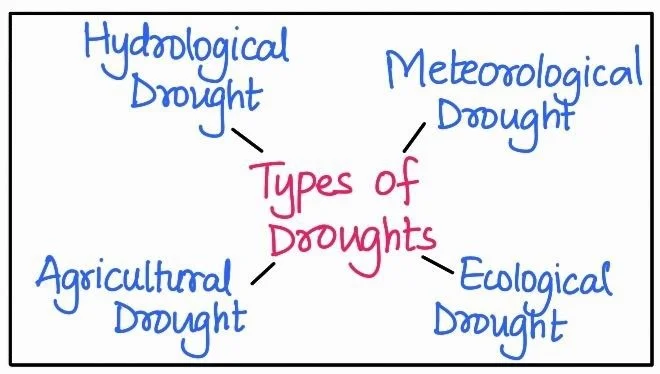![]() 21 Jun 2024
21 Jun 2024
Floods, No Rain, and landslides are natural disasters that profoundly impact landscapes and communities. Floods occur when water exceeds normal levels, inundating areas, a long period without rain signifies prolonged water scarcity, affecting agriculture and ecosystems, and landslides involve the downward movement of rock and soil, posing threats to settlements. These events, driven by various environmental factors, demand comprehensive strategies for mitigation and management.
No Rain in India: Types, Impact, and Strategic Solutions


Drought Prone Areas
No Rain has both immediate as well as long-term disastrous consequences on the social and physical environments. Thus, planning for a long period without rain has to take both aspects into consideration.
Immediate measures:
Long-term measures: Groundwater, River Linking, and More
| Must Read | |
| Current Affairs | Editorial Analysis |
| Upsc Notes | Upsc Blogs |
| NCERT Notes | Free Main Answer Writing |
<div class="new-fform">
</div>